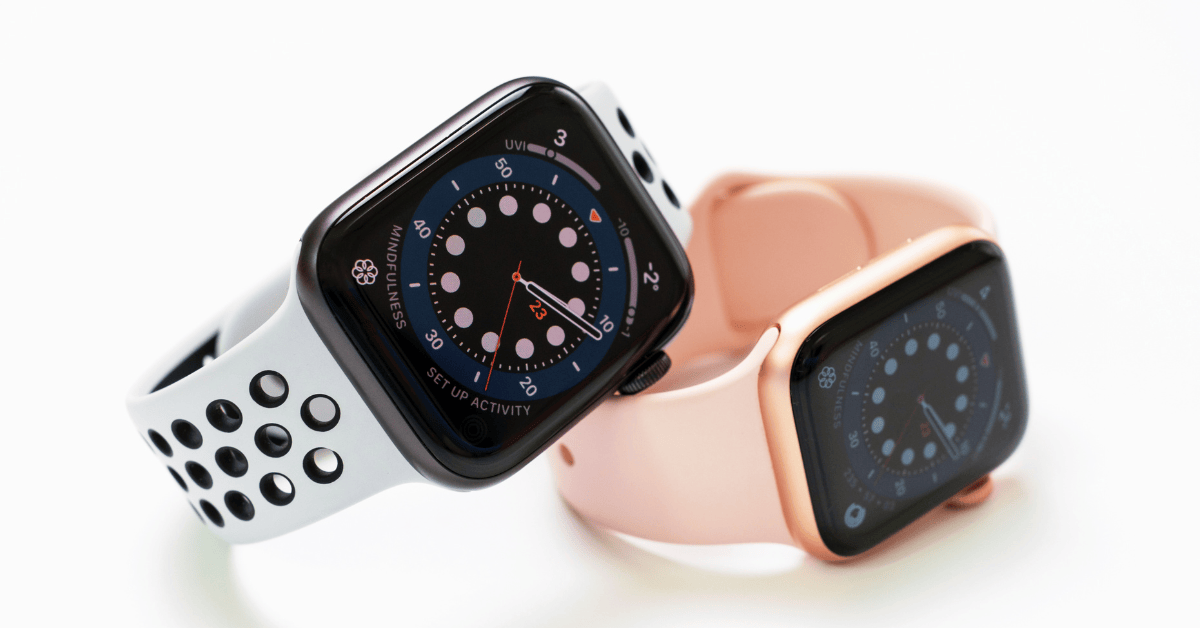Why Wearable Sports Tech is Taking Over
Okay—let’s be honest. Sports used to be all about natural talent, a pair of good shoes, and maybe a coach screaming from the sidelines. But not anymore. Welcome to the era of Wearable Sports Tech—where tiny gadgets and big data are rewriting the playbook.
Athletes—whether they’re Sunday joggers or World Cup legends—are now tracking every heartbeat, every sprint, every bead of sweat. Why? Because numbers don’t lie. And in the world of sports, knowing your numbers could mean the difference between winning and watching.
What is Wearable Sports Tech?
Definition of Wearable Sports Tech
Wearable Sports Tech simply means tech-powered gadgets athletes can wear to monitor, track, and sometimes even predict their performance and health.
Think fitness bands, smartwatches, sensor-packed shirts, GPS trackers—you get the vibe.
Quick History of Wearable Tech in Sports
Let’s rewind. In the 1960s, the first pedometers made a quiet entrance. Fast forward to the 1980s—Polar dropped the first wireless heart rate monitor. The real boom? The 2010s, when smartwatches, smart fabrics, and data-driven coaching took the game to a whole new level.

The Explosive Growth of Wearable Sports Tech: Stats You Should Know
In 2023, the global wearable sports tech market hit $70 billion.
By 2027, it’s expected to cross $120 billion.
80% of professional teams now rely on wearables for player monitoring.
Insane, right? This isn’t just a trend—it’s a full-on sports revolution.
How Athletes Are Using Wearable Sports Tech Today
Heart Rate Monitors
Worn on the chest or wrist—these help athletes stay in the sweet spot: not too chill, not overcooked.
GPS Trackers
Coaches now track speed, distance, and movement patterns in real time—yeah, even while you’re dodging defenders.
Smart Clothing
Think T-shirts that whisper your breathing rate to your coach. These track muscle activity, posture, and even hydration.
Performance-Tracking Smartwatches
From counting steps to reading VO2 max levels—smartwatches now double as personal coaches.
Why Data Analytics is the Secret Weapon Behind Wearable Sports Tech
Here’s the juicy part—data is king. The wearables collect it, but data analytics turns it into gold. Coaches can now predict burnout, create hyper-personalized workouts, and outsmart the competition.
Without analytics, those fancy gadgets? Just overpriced wrist candy.
What Makes Wearable Sports Tech So Addictive?
One word—feedback. Instant results. Athletes love knowing if they crushed their sprint—or need to step it up.
It’s like having a video game scoreboard strapped to your body. You see your stats—your wins, your losses—in real time.
Top 5 Wearable Sports Tech Gadgets You Need to Know About
Smart Fitness Bands
Track your heart rate, steps, calories burned—plus, you can flex it at the gym.
Smart Insoles
These bad boys track stride, pressure, and balance. Perfect for runners and soccer players.
Compression Shirts with Embedded Sensors
Monitors breathing, muscle fatigue, and even posture. Feels like sci-fi—but it’s here.
Smart Helmets
Great for football and cycling—these track impacts and can detect concussions on the spot.
Muscle Oxygen Monitors
Want to know if your muscles are screaming for help? These tell you exactly when to push and when to pause.
Suggested Products:
Fitness Smart Band Pro
Smart Running Insoles X
Compression Smart Shirt Elite
Pro Smart Helmet Tracker
Oxygen Muscle Performance Monitor
How Teams and Coaches Are Winning With Wearable Sports Tech
Sports teams are now investing heavily in wearables—not just to win games—but to save millions by preventing injuries.
Example? The NBA’s Toronto Raptors track sleep cycles and recovery times. Result? Fewer injuries—more wins.
Can Wearable Sports Tech Prevent Injuries?
Real-time Fatigue Detection
Athletes can now spot when their bodies are close to burnout—before it’s too late.
Impact Monitoring
Smart helmets and mouthguards can detect dangerous hits—super useful in rugby and football.
The Timeline: How Wearable Sports Tech Exploded in Sports History
1965: First pedometer
1982: Polar’s wireless heart rate monitor
1990s: GPS tracking in pro sports
2010s: Smartwatches and fitness bands hit mainstream
2020s: AI-powered wearables and real-time analytics become the norm
What Critics Say About Wearable Sports Tech—Should We Be Worried?
Not everyone’s clapping. Some worry about privacy—should teams have access to every heartbeat? Others fear athletes might be reduced to just… data points.
And honestly—who owns that data? The player? The coach? The company?
Game-Changing Quotes From Sports Experts on Wearable Tech
“Wearable tech isn’t just the future—it’s the present. Ignore it, and you’ll get left behind.” — Dr. Laura Smith, Sports Scientist
“The more we know, the more we can protect our players.” — Coach Mark Rivers, NFL
“Data gives us superpowers—but we must use it responsibly.” — Emily Wong, Sports Tech Analyst
The Future: What’s Next for Wearable Sports Tech?
AI-Powered Sports Wearables
Imagine wearables that can not just track—but predict injuries before they happen.
Predictive Analytics for Injury and Performance
Soon, athletes will know their limits before they even lace up.
It’s like having a crystal ball for your muscles.

Should You Invest in Wearable Sports Tech Now?
If you’re serious about sports—or even just fitness—getting in on wearable sports tech now is like buying stocks before they skyrocket.
But don’t just buy a gadget. Learn how to use the data. That’s where the magic happens.
Check out some great options on Gemscor—trust me, it’s worth a scroll.
Conclusion: Is Wearable Sports Tech The New MVP?
So—is Wearable Sports Tech a game-changer? Oh, absolutely. It’s not just a trend. It’s the future—and the future’s already here.
From weekend warriors to Olympic legends—everyone’s tapping into the power of data. If you’re not, you’re playing in the wrong league.
But hey—just don’t let the tech own you. Remember, you’re more than your stats.
FAQs: What People Are Asking About Wearable Sports Tech
Q1: What is Wearable Sports Tech?
It’s tech you can wear to track your sports performance and health in real time.
Q2: Can wearable sports tech improve performance?
Yes—athletes can track and optimize their training based on real-time data.
Q3: Does wearable sports tech prevent injuries?
It can. Wearables help detect fatigue and dangerous impacts early.
Q4: What are some top wearable sports tech products?
Smart bands, smart insoles, compression shirts, smart helmets, and muscle oxygen monitors.
Q5: Is wearable sports tech expensive?
Some gadgets are affordable—others can be pricey, especially pro-grade equipment.
Q6: Can I use wearable sports tech if I’m not an athlete?
Absolutely! It’s great for casual fitness enthusiasts too.
Q7: How accurate is wearable sports tech?
Pretty accurate—but depends on product quality. Always check reviews.
Q8: Does wearable sports tech track sleep?
Many do! Sleep tracking is a key feature for recovery optimization.
Q9: Is data from wearable sports tech secure?
This is still debated. Some worry about who owns and accesses the data.
Q10: Can wearable sports tech connect to smartphones?
Yes—most sync via apps for easy tracking and sharing.
Q11: Do professional teams use wearable sports tech?
Yes—nearly all major teams now rely on wearables.
Q12: Can wearable sports tech track hydration?
Some advanced smart clothing and wearables can.
Q13: Are there risks in using wearable sports tech?
Mostly safe—but over-reliance can cause anxiety or obsession over numbers.
Q14: How do I choose the right wearable sports tech?
Pick based on your sport, goals, and budget. Always check features carefully.
Q15: Where can I buy wearable sports tech?
Check out the best gadgets on Gemscor.
Please don’t forget to leave a review.
Explore more by joining me on Gemscor.




